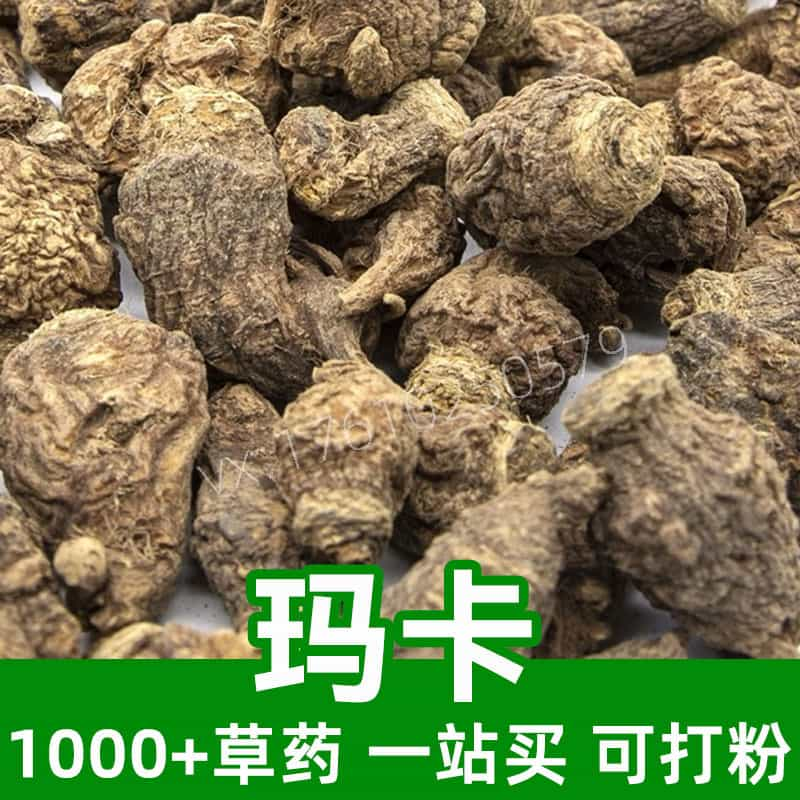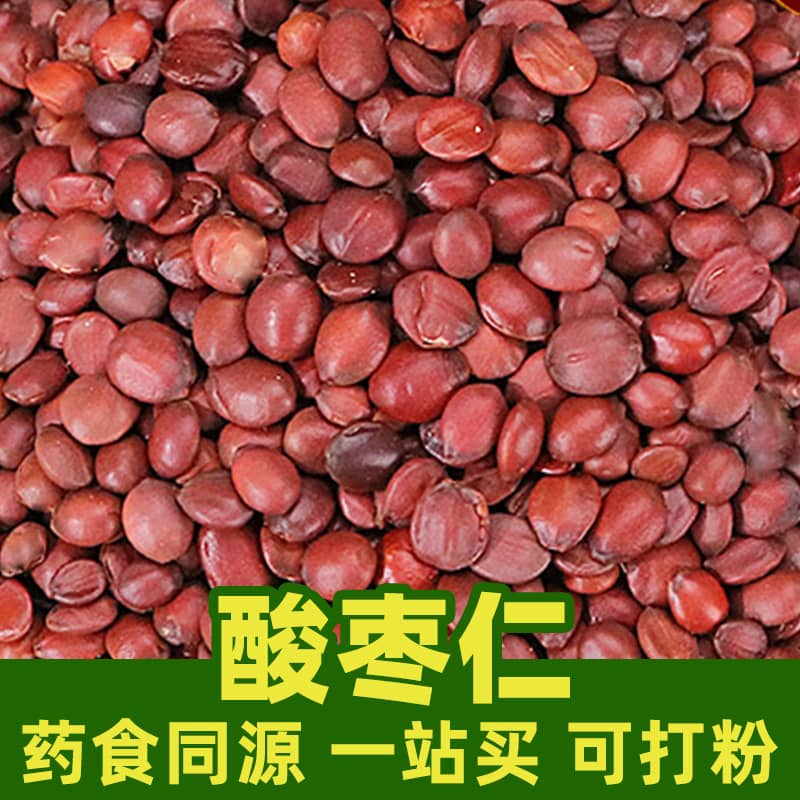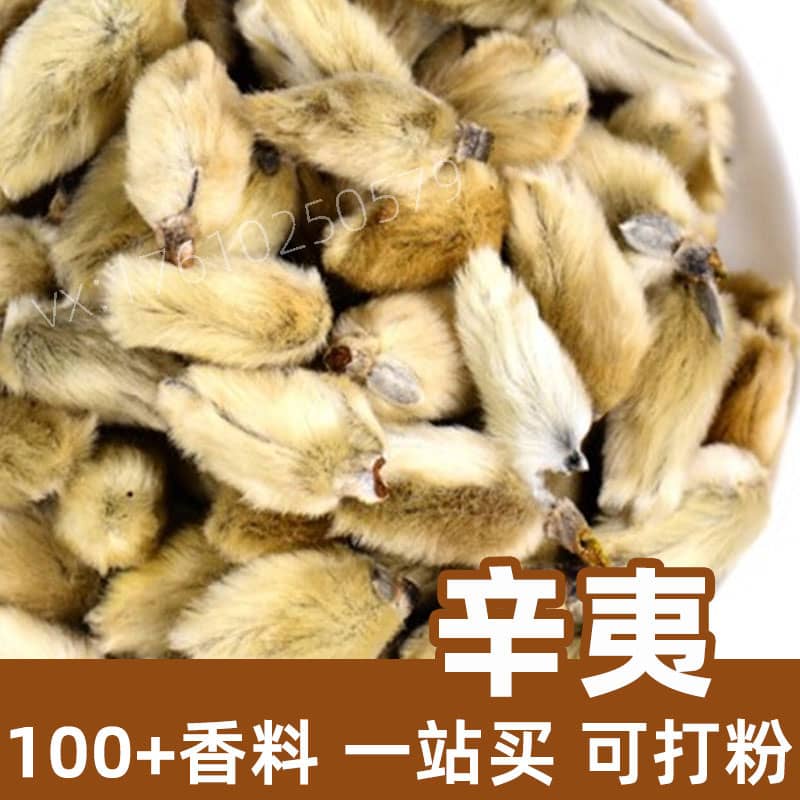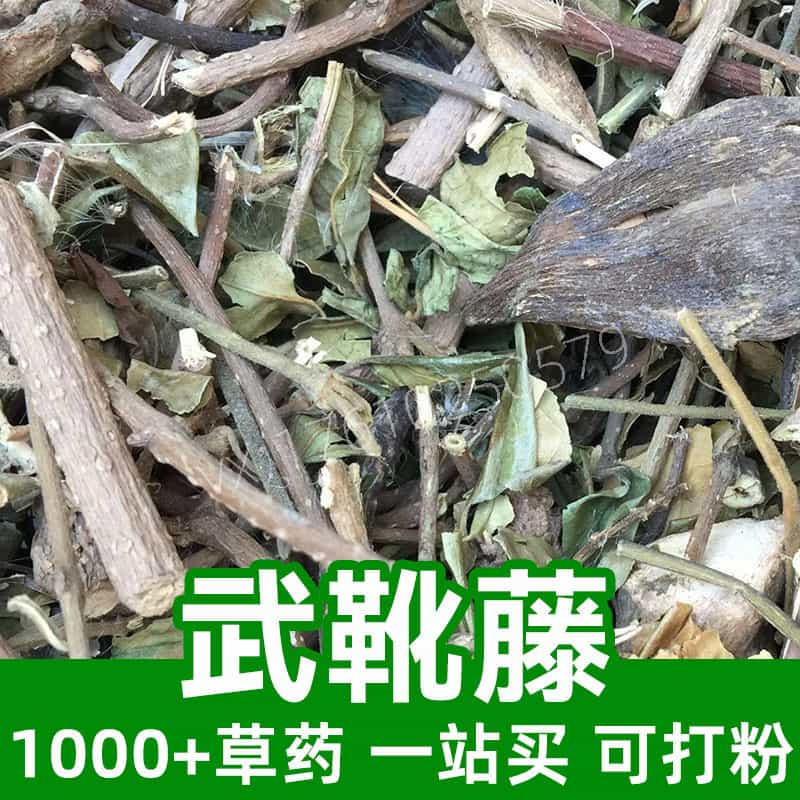Product Introduction
Ilex Kudingcha, commonly referred to as Kuding tea or bitter tea, is derived from the leaves of the Ilex kudincha plant, a species that thrives in the subtropical regions of China, particularly in Guangdong and Guangxi provinces. This unique herbal tea is appreciated not only for its distinctive bitter flavor but also for its potential health-promoting effects. The leaves are harvested, dried, and often brewed into a tea that is commonly consumed throughout China.
The versatility of Ilex Kudingcha as a beverage makes it a popular choice in both traditional herbal medicine and among those seeking natural alternatives for wellness and refreshment. The richness of its active components, including flavonoids and polysaccharides, adds to its appeal, making it a subject of interest in both culinary and health contexts. Traditionally, Kuding tea is known for its invigorating properties, typically enjoyed hot or cold, depending on individual preferences. The preparation process varies, with some enthusiasts opting to blend it with other herbal ingredients to enhance flavor and benefits, making Ilex Kudingcha a staple in many households.
Main Active Ingredients
Ilex Kudingcha is rich in a variety of active ingredients that contribute to its flavor and potential health benefits. The primary components include flavonoids, saponins, and polysaccharides.
- Flavonoids: Representing a significant portion of Ilex Kudingcha's chemical profile, flavonoids are known for their various bioactive properties. These compounds exhibit antioxidant effects, capturing free radicals and thereby supporting overall health. Their presence is essential to the tea's reputed invigorating qualities, which may aid in improving metabolism and digestion.
- Saponins: These are glycosides with medicinal properties commonly found in many plants. In the context of Kuding tea, saponins may contribute to its health effects by supporting cardiovascular health and enhancing metabolic function. Furthermore, their natural bitterness may play a role in promoting digestive efficiency, aligning with traditional uses in herbal medicine.
- Polysaccharides: These complex carbohydrates have been widely studied for their health-promoting effects. They are believed to modulate immune responses and exhibit a range of physiological effects that promote general well-being. Specifically, the polysaccharides in Ilex Kudingcha may have roles in antioxidant activity and supporting overall vitality.
Overall, the harmonious combination of these key ingredients makes Ilex Kudingcha not only a beverage of choice for many but also a focal point for those exploring the benefits of traditional Chinese herbal remedies.
Product Application Scenarios, Usage, and Dosage
In the realm of traditional Chinese medicine, Ilex Kudingcha is utilized primarily as a herbal tea, demonstrating its versatility for various applications. The bitter flavor profile of Kuding tea is revered for stimulating digestion and providing a refreshing experience, making it ideal for consumption after meals or during warm weather.
Usage Scenarios:
- Daily Beverage: Many individuals incorporate Kuding tea into their daily routine as a substitute for caffeinated beverages. Its refreshing qualities and natural bitterness serve as an excellent tonic to rejuvenate energy levels.
- Culinary Uses: Beyond its role as a tea, Ilex Kudingcha can be included in various culinary dishes. Its unique flavor profile makes it an interesting ingredient in broths and soups, providing added depth to vegetarian and meat-based dishes alike.
- Beverage Blends: Kuding tea is often blended with other herbal teas, honey, or lemon to enhance its flavor. This approach allows individuals to tailor the taste to their preferences while still obtaining its potential benefits.
Dosage:
Typically, Kuding tea is recommended to be consumed in moderation; brewing with 3-5 grams of dried leaves per cup of hot water is usual. Users can steep the tea for 5-10 minutes, depending on personal taste preferences. For those new to its bitterness, starting with a smaller amount or blending with other milder teas is advised. Regular consumption, up to 2-3 cups daily, is common among enthusiasts to experience its invigorating effects.
Introduction to the Source Plant, Distribution, and Growth Environment
Ilex Kudingcha is sourced from the Ilex kudincha plant, an evergreen shrub native to the subtropical regions of China. This plant typically grows in a warm, humid climate, favoring well-drained, fertile soils.
Distribution:
The primary distribution of Ilex kudincha is found in southern China, especially within the Guangxi and Guangdong provinces. These areas provide the ideal growth conditions for the plant due to their mild winters and abundant rainfall, which support its development and yield.
Growth Environment:
Ilex kudincha typically thrives in shaded areas, often found in natural forests or cultivated gardens. The plant prefers to grow at elevations ranging from 600 to 1200 meters, where it is less susceptible to the extremes of heat and cold. The foliage is dense and hardy, with leaves resembling those of the holly plant, which is characteristic of the Ilex genus.
The plant's growth cycle enables it to blossom flowers that eventually develop into small fruits. However, the primary focus for herbal applications lies in the leaves, which are harvested when they reach maturity, ensuring optimal flavor and potency. Sustainable harvesting practices are encouraged to promote the health of the plant and maintain the ecological balance of its natural habitat.
Harvesting, Processing, and Storage
The processes of harvesting, processing, and storing Ilex Kudingcha significantly impact its quality and efficacy.
Harvesting:
The harvesting of Ilex kudincha typically occurs during the spring and early summer months when the leaves are younger and more tender. Harvesters skillfully select mature leaves while ensuring that they do not damage the plant itself, allowing for ongoing growth in the coming seasons. This care for sustainability helps preserve the biodiversity of the region.
Processing:
After harvesting, the leaves undergo a meticulous processing method. Initially, they are washed to remove dirt and impurities, then quickly solar-dried or mechanically dried to lock in their natural properties. This drying process is crucial, as it helps to maintain the leaves’ vibrant green color while also preserving their active ingredients. Once dried, the leaves can be prepared and cut to preferred sizes for brewing, either as whole leaves or in powdered form for convenience.
Storage:
To maintain the quality of Ilex Kudingcha, proper storage is essential. The dried leaves should be kept in airtight containers placed in a cool, dark, and dry location to prevent moisture absorption and high temperatures, which can diminish flavor and efficacy over time. When stored correctly, Ilex Kudingcha can retain its quality for an extended period, ensuring that consumers enjoy robust flavors and beneficial properties during each brew.
The careful practices surrounding the harvesting, processing, and storage of Ilex Kudingcha not only enhance the quality of the final product but also honor the traditions of Chinese herbal medicine through sustainable approaches.
Monica Sun is a seasoned expert in the natural raw materials industry, with over a decade of experience specializing in traditional Chinese medicinal herbs, spices, and fungi. She is skilled in the sourcing, processing, and application of these materials, emphasizing sustainability and innovation. Monica Sun has contributed to the development of high-quality natural raw materials that serve as essential components in functional foods, pharmaceuticals, and cosmetics, delivering tailored solutions to meet diverse market needs.















